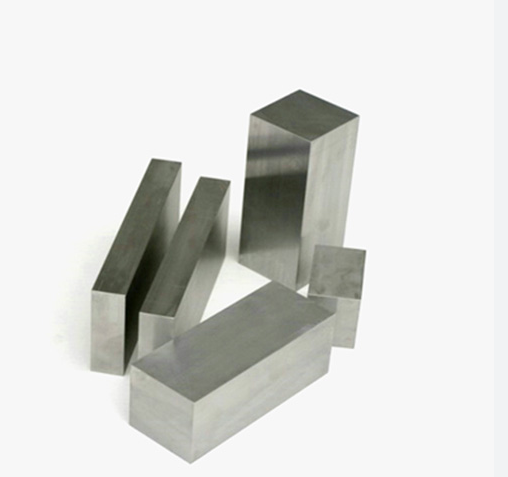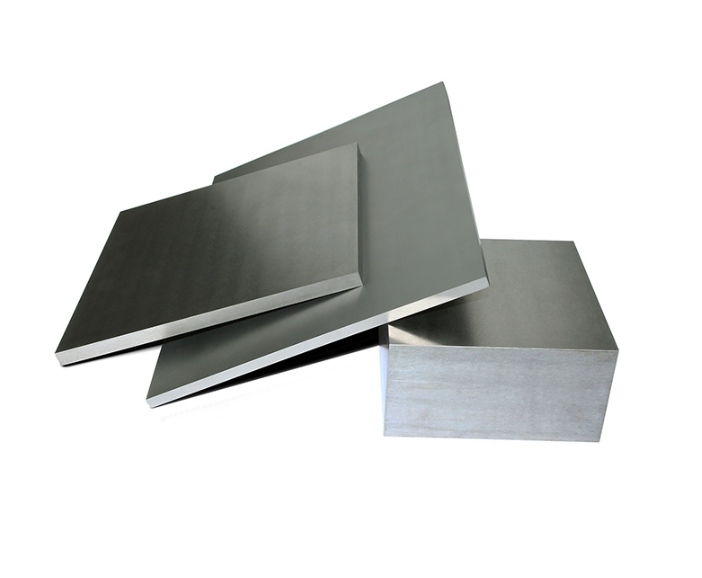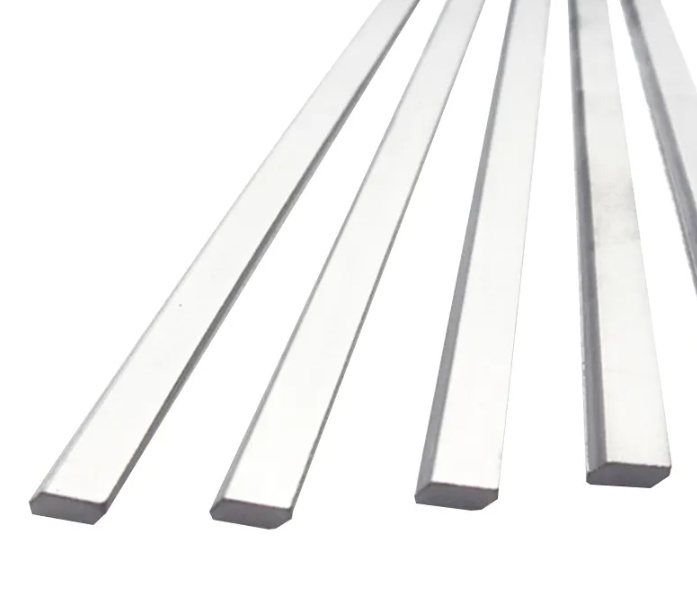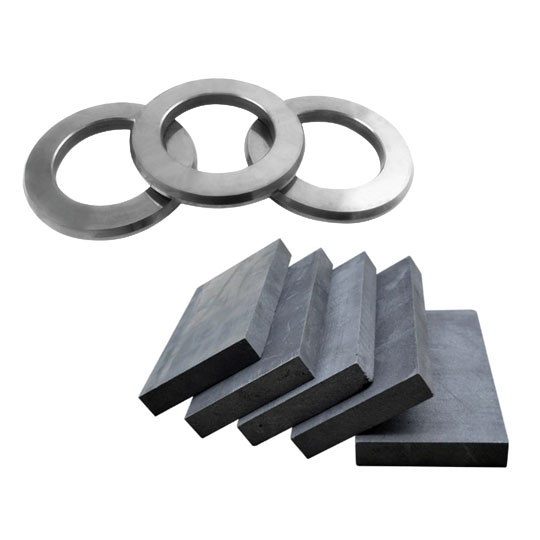Твердосплавные вставки могут показаться обманчиво простыми, но под их непритязательной внешностью скрывается мир сложной геометрии и дизайна, каждый элемент которого тщательно продуман для оптимизации производительности резания. Понимание того, как эти геометрические характеристики влияют на результаты обработки, является ключом к выбору подходящей твердосплавной пластины для работы и достижению исключительных результатов.
Эта статья в блоге посвящена увлекательной взаимосвязи между геометрия твердосплавной вставки и производительность резки, исследуя 7 ключевых элементов дизайна и их влияние на результаты обработки.
1. Угол ракеля: Влияние на поток стружки и силу резания
Угол ракеля, измеряемый между ракельной поверхностью твердосплавной пластины (поверхность, обращенная к стружке) и линией, перпендикулярной заготовке, играет решающую роль в образовании стружки и силах резания.
- Положительные углы наклона: Способствуют более легкому сходу стружки, снижая силу резания и потребляя меньше энергии. Идеально подходит для обработки более мягких материалов и получения тонкой поверхности.
- Отрицательные углы наклона граблей: Обеспечивают более прочную режущую кромку, лучше подходят для обработки твердых материалов или прерывистых резов, где важна ударопрочность. Однако при отрицательных углах резания возникают большие силы резания.
2. Угол зазора: Предотвращение истирания и нагрева
Угол зазора, образуемый между боковой поверхностью твердосплавной вставки (поверхность, обращенная к обрабатываемой поверхности) и касательной к заготовке, обеспечивает достаточный зазор между инструментом и заготовкой, предотвращая трение и чрезмерное выделение тепла.
- Увеличенные углы клиренса: Уменьшают трение и нагрев, особенно полезны при обработке мягких или вязких материалов, склонных к образованию стружки.
- Малые углы клиренса: Обеспечивают большую поддержку режущей кромки, увеличивая срок службы инструмента при обработке твердых материалов или при тяжелых операциях резания.
3. Геометрия чипбрейкера: Управление формированием и эвакуацией чипов
Стружколомы - канавки или ступеньки, встроенные в ракельную поверхность твердосплавной пластины, - имеют решающее значение для контроля образования стружки и направления ее потока из зоны резания.
- Широкие, мелкие чипбрейки: Способствуют образованию короткой, скрученной стружки, идеально подходящей для обработки вязких материалов на высоких скоростях резания.
- Узкие, глубокие чипбрейкеры: Генерирует более толстую, узкую стружку, подходящую для обработки твердых материалов или при черновой обработке, где контроль стружки имеет решающее значение.
4. Подготовка режущей кромки: Влияние на прочность кромки и качество поверхности
Режущая кромка твердосплавной пластины может быть подготовлена различными способами, каждый из которых влияет на прочность кромки, качество обработки поверхности и срок службы инструмента.
- Отшлифованный край: Создает очень острую, полированную кромку, идеально подходящую для получения тонких поверхностей и жестких допусков. Однако хонингованные кромки более хрупкие и склонны к сколам.
- Скошенный край: Укрепляет режущую кромку, снижая риск сколов, особенно при обработке абразивных материалов или при прерывистом резании.
- Закругленный край: Обеспечивает хороший баланс прочности кромки и чистоты поверхности, подходит для широкого спектра задач обработки.
5. Радиус угла: Баланс между прочностью и остротой
Радиус угла - закругленная кромка на пересечении граней ракеля и боковой поверхности - влияет на прочность, остроту и способность пластины выдерживать различные условия резания.
- Острые углы (малый радиус): Обеспечивают острейшую режущую кромку, идеально подходящую для достижения жестких допусков и сложных геометрических форм. Однако острые углы более подвержены сколам.
- Скругленные углы (большой радиус): Обладают повышенной прочностью и устойчивостью к сколам, что особенно полезно при тяжелых операциях резания или при обработке твердых материалов.
6. Толщина вставки: Определение жесткости и устойчивости инструмента
Толщина твердосплавной пластины влияет на ее жесткость и устойчивость к прогибу под действием сил резания.
- Более толстые вставки: Обеспечивают повышенную жесткость и устойчивость, что важно для тяжелых операций резания или при обработке крупных заготовок, когда отклонение может повлиять на точность.
- Более тонкие вставки: Обладают меньшим сопротивлением резанию, снижают энергопотребление и подходят для обработки хрупких деталей или при использовании небольших, менее мощных станков.
7. Технология нанесения покрытий: Повышение износостойкости и эксплуатационных характеристик
Твердосплавные пластины часто покрываются тонкими твердыми материалами для повышения износостойкости, снижения трения и улучшения общих характеристик резания.
- Нитрид титана (TiN): Универсальное покрытие, повышающее твердость, снижающее трение и улучшающее стойкость к окислению, подходит для широкого спектра задач механической обработки.
- Карбонитрид титана (TiCN): Обладает еще большей твердостью и износостойкостью, чем TiN, особенно эффективна при обработке абразивных материалов или при высокоскоростных операциях.
- Оксид алюминия (Al2O3): Обеспечивает превосходную термостойкость и износостойкость, идеально подходит для обработки высокотемпературных сплавов или при сухой обработке.
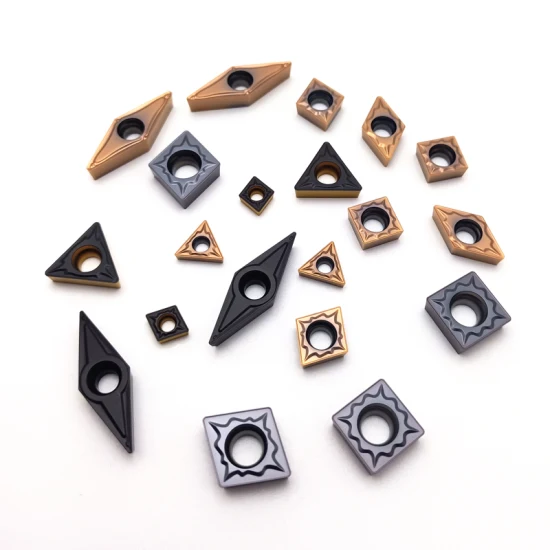
Геометрия твердосплавных пластин: Краткое справочное руководство
| Характеристика | Описание | Влияние на производительность резки |
|---|---|---|
| Угол наклона граблей | Угол между граблиной и перпендикулярной линией | Влияет на поток стружки, силы резания и качество поверхности |
| Угол зазора | Угол между боковой поверхностью и касательной к заготовке | Предотвращает истирание, контролирует накопление тепла |
| Чипбрейкер | Канавки или ступеньки на поверхности граблей | Контролирует образование и удаление стружки |
| Подготовка к работе | Шлифованные, фасонные или закругленные | Влияет на прочность кромки, качество обработки поверхности и срок службы инструмента |
| Радиус угла | Скругленный край на пересечении граблей и флангов | Баланс прочности и остроты |
| Толщина вставки | Общая толщина вставки | Определяет жесткость и устойчивость инструмента |
| Покрытие | Тонкий, твердый материал, нанесенный на поверхность | Повышает износостойкость, снижает трение, улучшает эксплуатационные характеристики |
Вопросы и ответы: Ответы на вопросы о геометрии твердосплавных вставок
1. Как выбрать правильный угол наклона для моего применения?
Выбор подходящего угла наклона зависит от обрабатываемого материала и требуемых условий резания. Для более мягких материалов и операций чистовой обработки обычно выгодны положительные углы наклона, в то время как для более твердых материалов и операций черновой обработки часто требуются отрицательные углы наклона.
2. В чем заключается важность контроля стружки при обработке?
Эффективный контроль стружки имеет решающее значение для поддержания стабильной производительности резания, предотвращения образования стружки, которая может повредить заготовку или инструмент, и обеспечения безопасности оператора. Правильно сконструированные стружколомы играют важную роль в направлении потока стружки от зоны резания.
3. В каких случаях следует использовать вставку с острым углом, а в каких - с закругленным?
Пластины с острыми углами идеально подходят для получения жестких допусков и сложных геометрических форм, но они более подвержены сколам. Пластины с закругленными углами обладают повышенной прочностью и лучше подходят для тяжелых операций резания или обработки твердых материалов.
4. Каковы преимущества использования твердосплавных пластин с покрытием?
Покрытие твёрдосплавные вставки обладают многочисленными преимуществами, включая повышенную износостойкость, снижение трения, повышенную теплостойкость и улучшенные характеристики резания. Различные покрытия предназначены для конкретных видов обработки и материалов.
5. Как толщина вставки влияет на жесткость инструмента?
Более толстые пластины обеспечивают большую жесткость и устойчивость к прогибу под действием сил резания, в то время как более тонкие пластины обеспечивают меньшую устойчивость к резанию. Выбор подходящей толщины пластины зависит от операции обработки, размера заготовки и возможностей станка.

